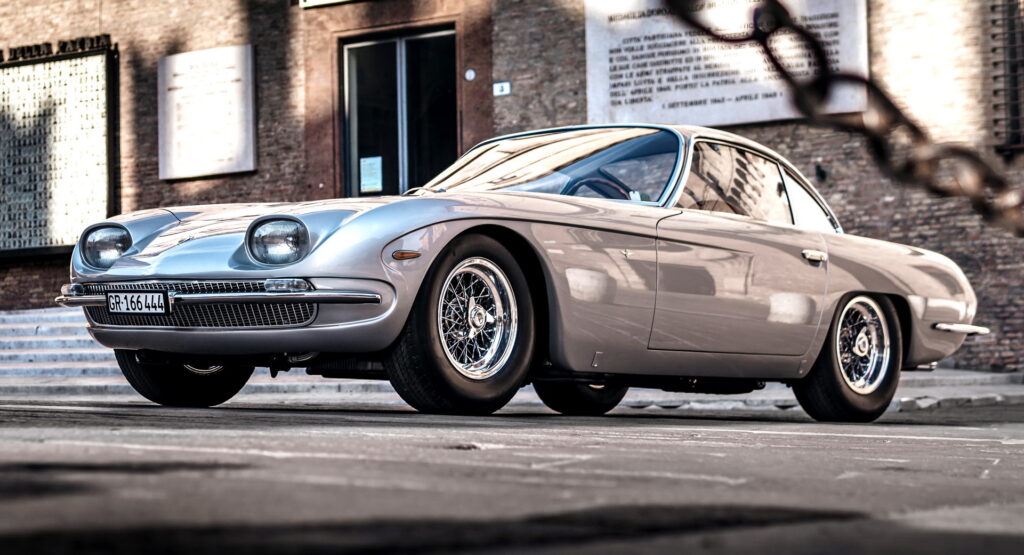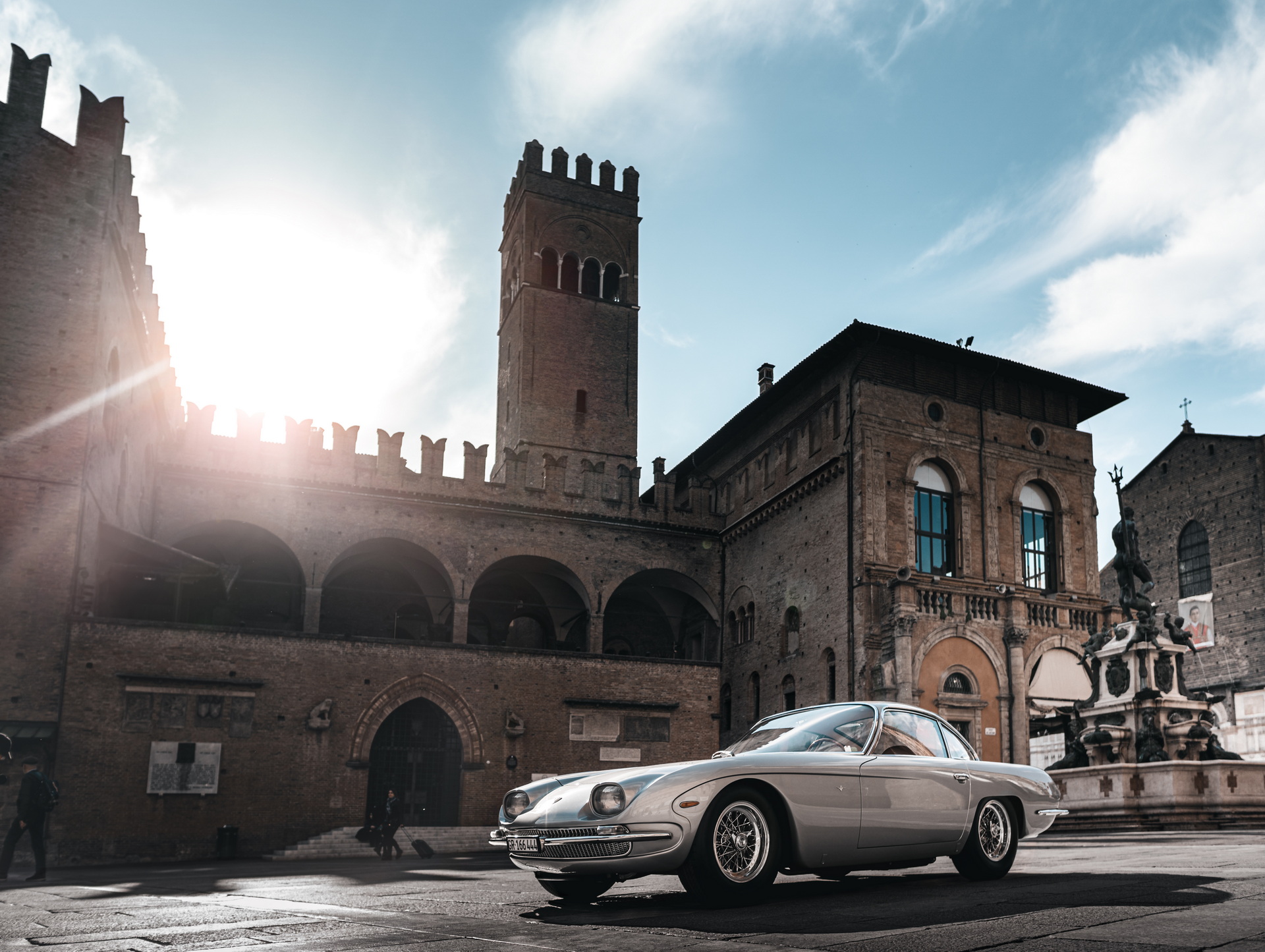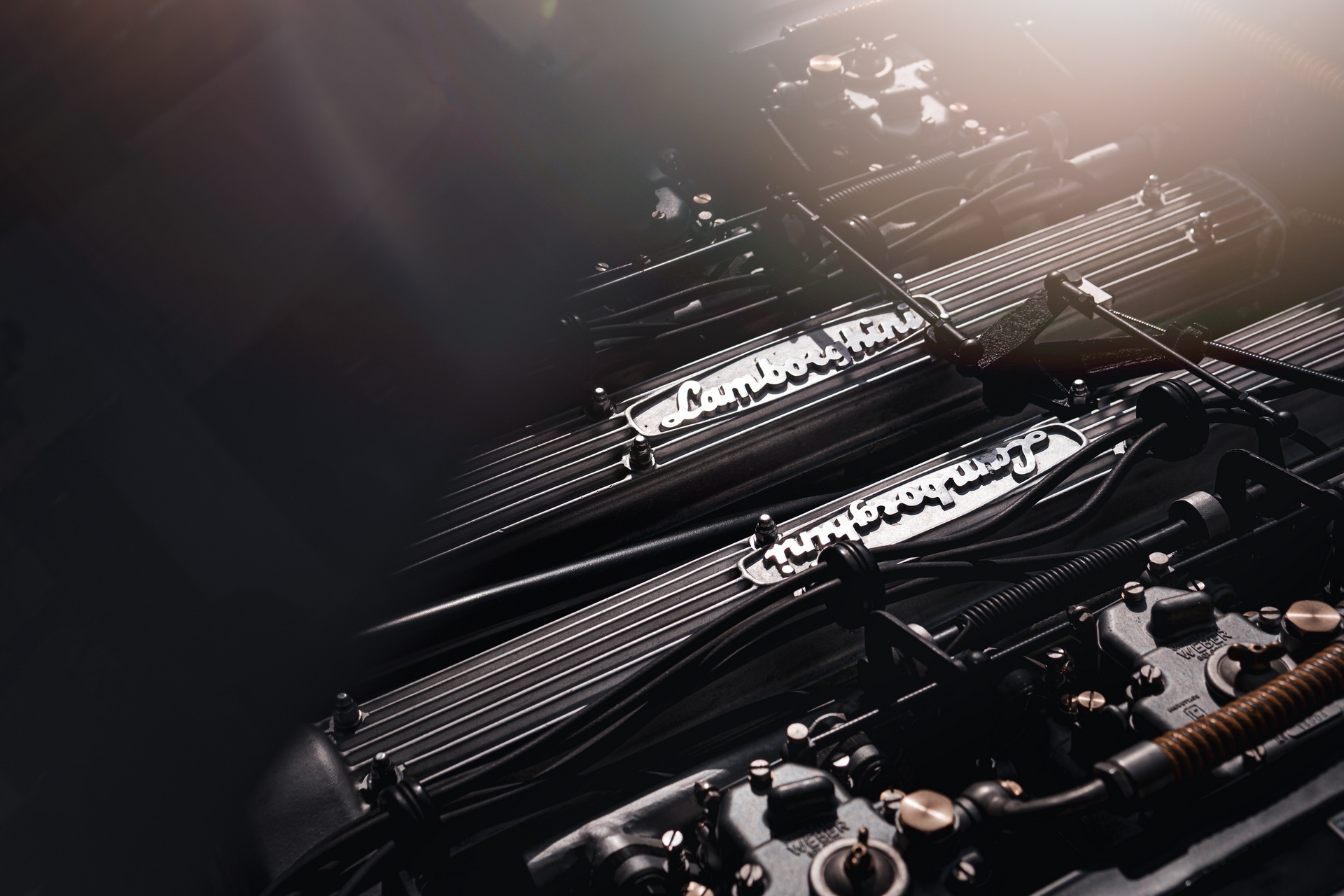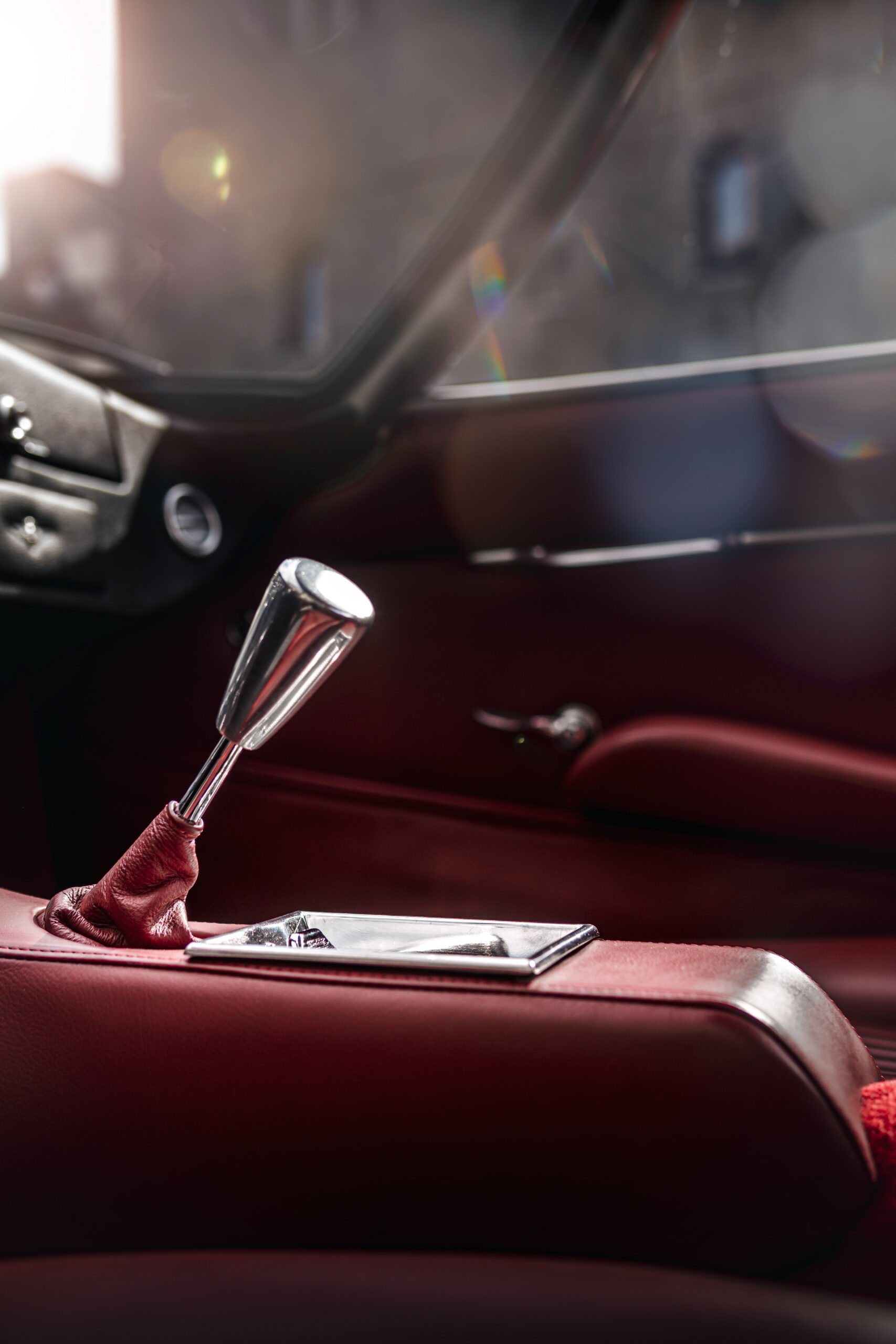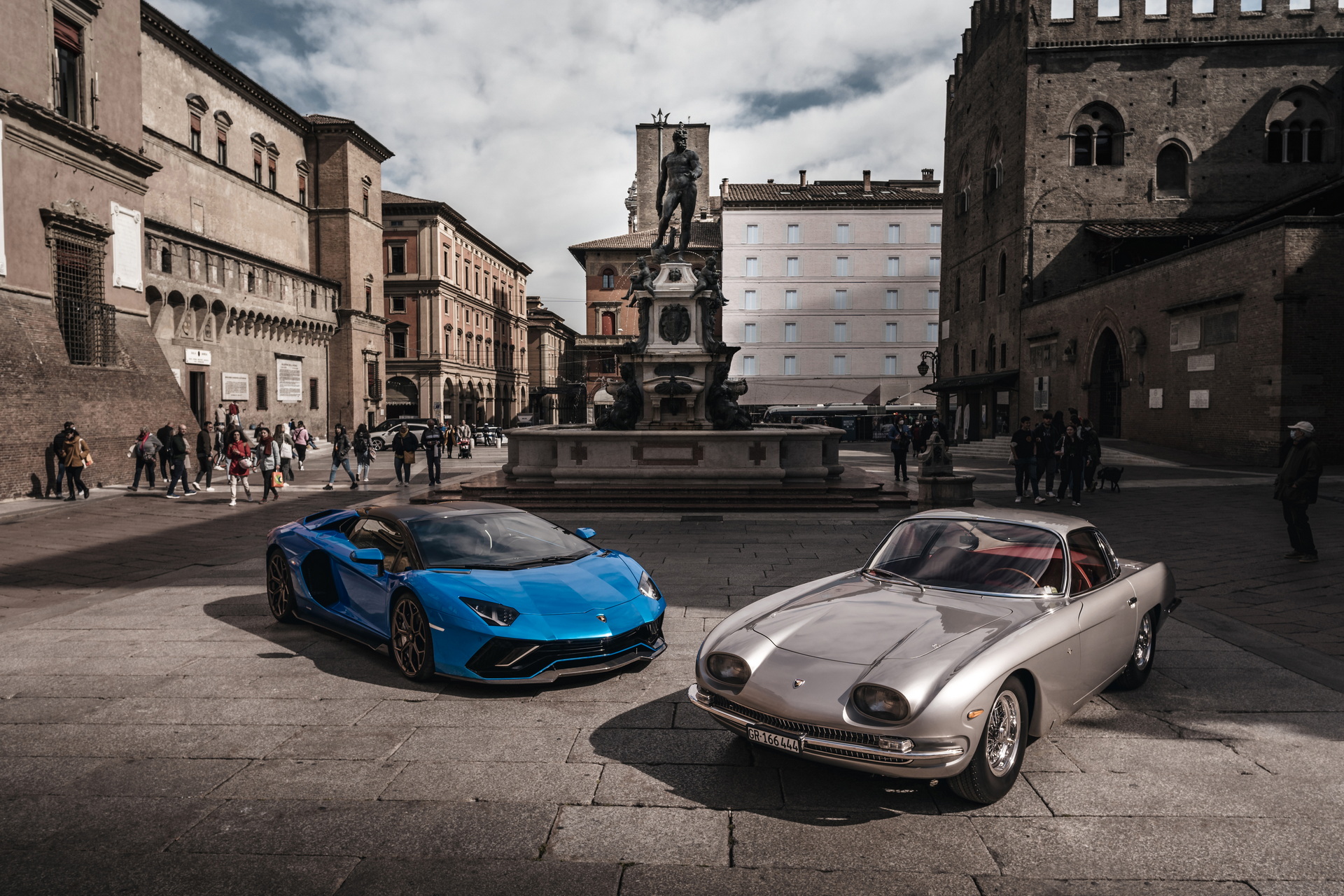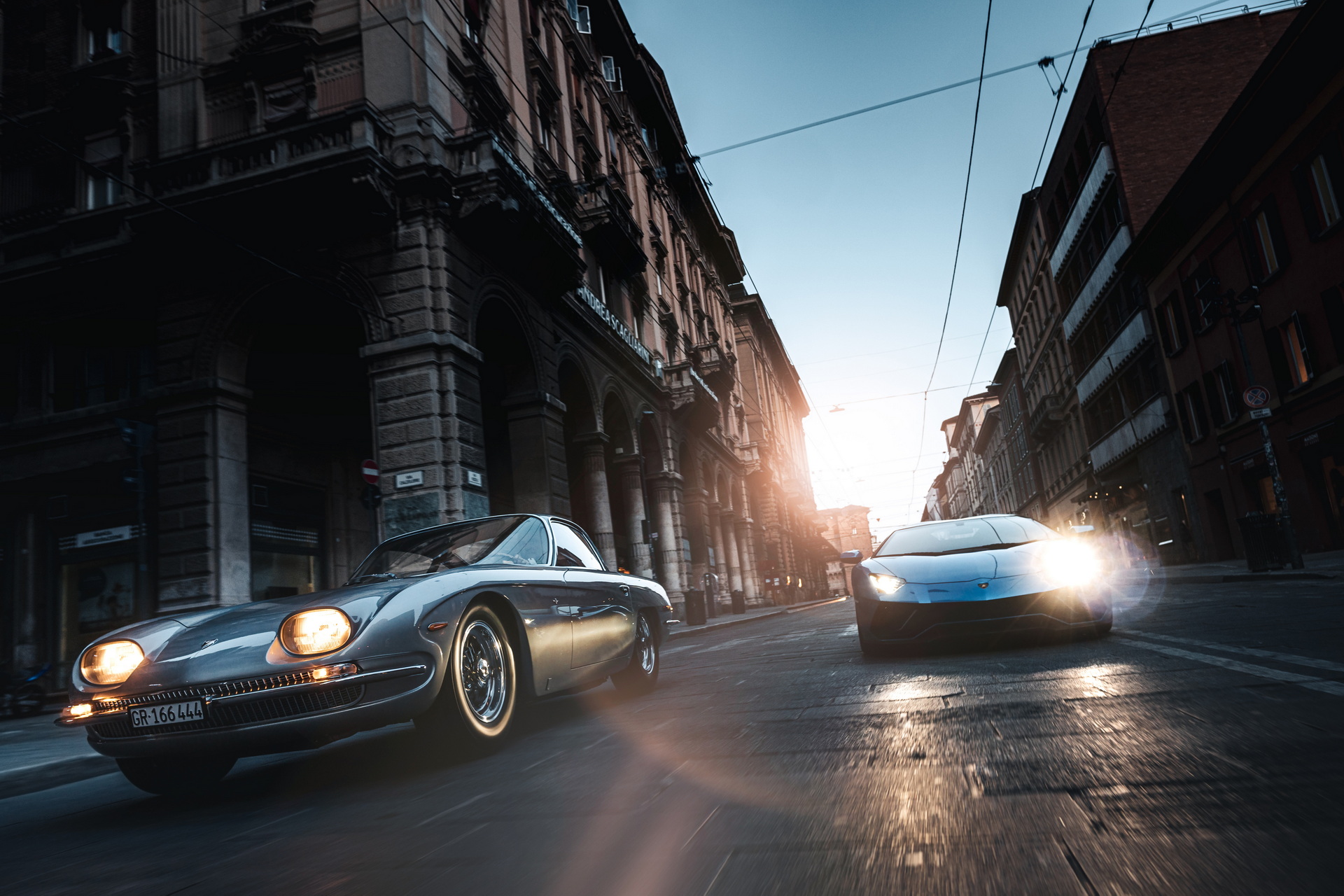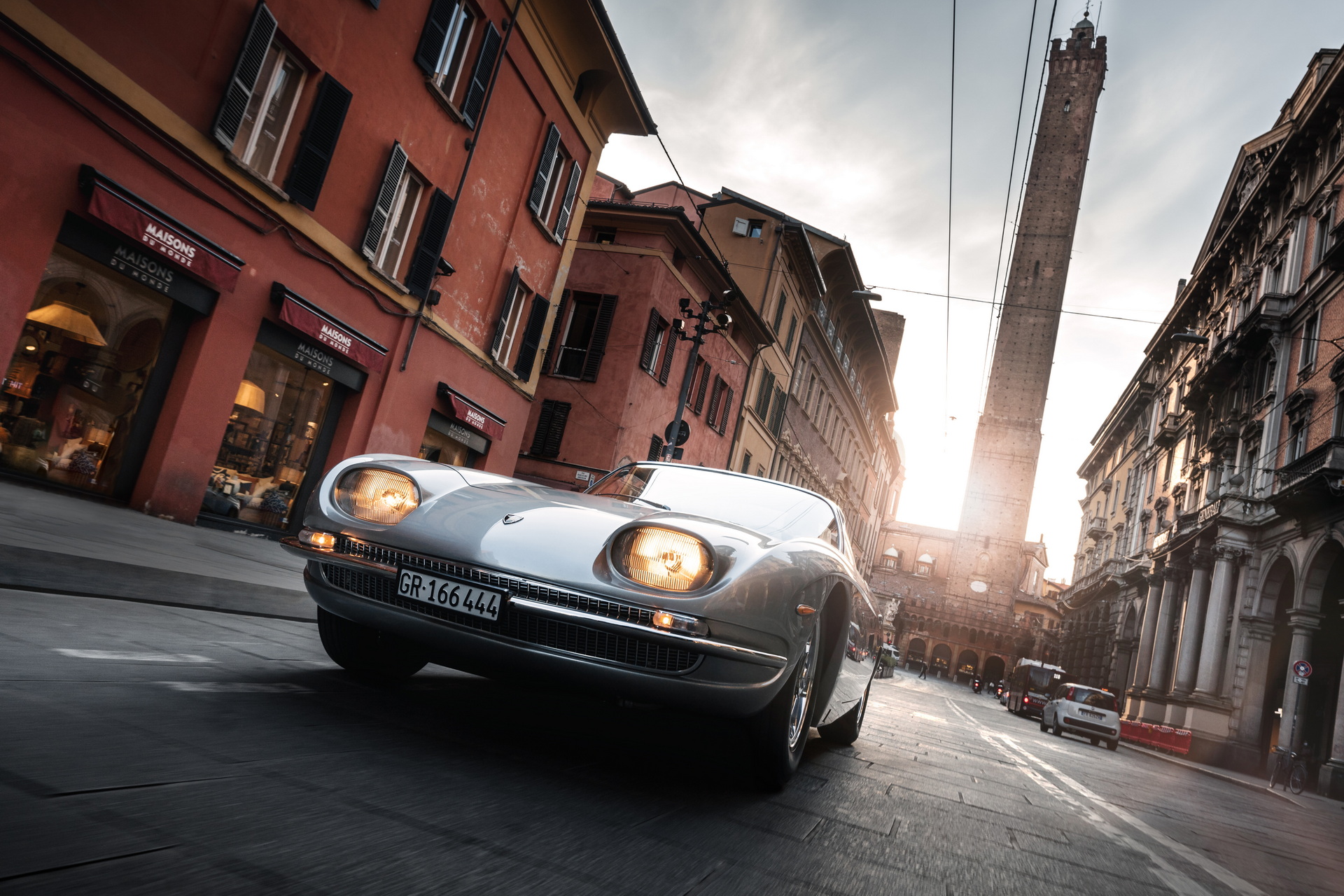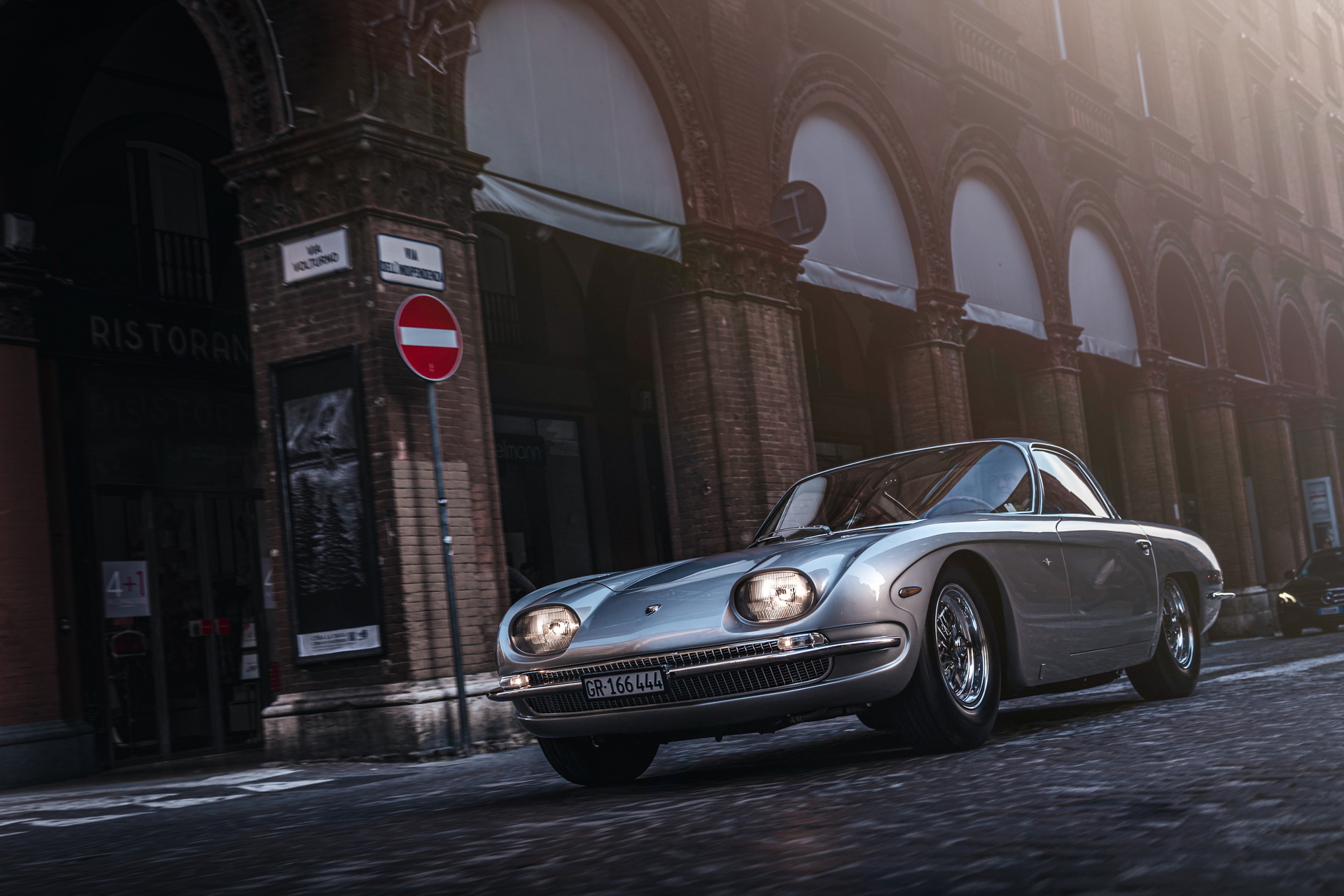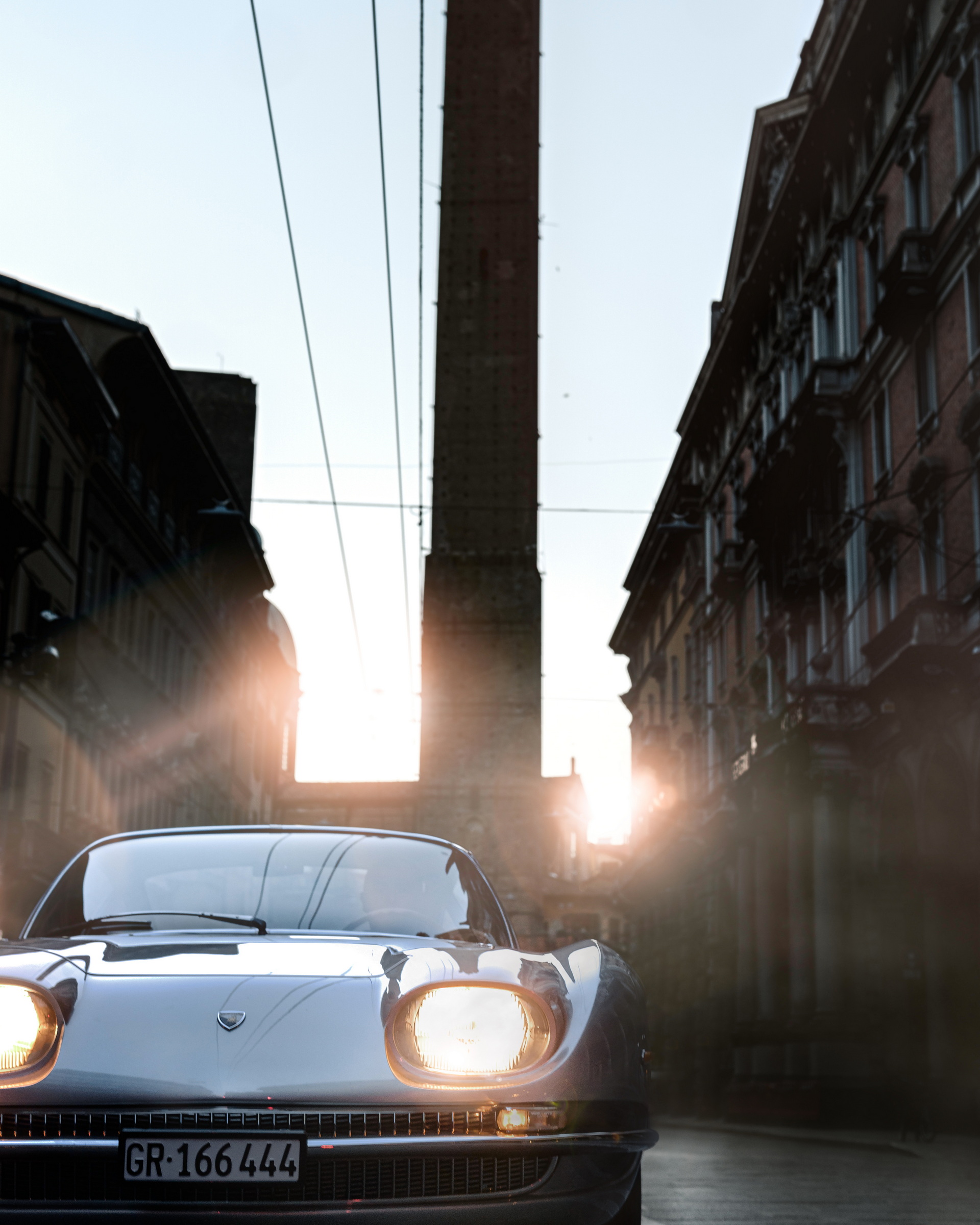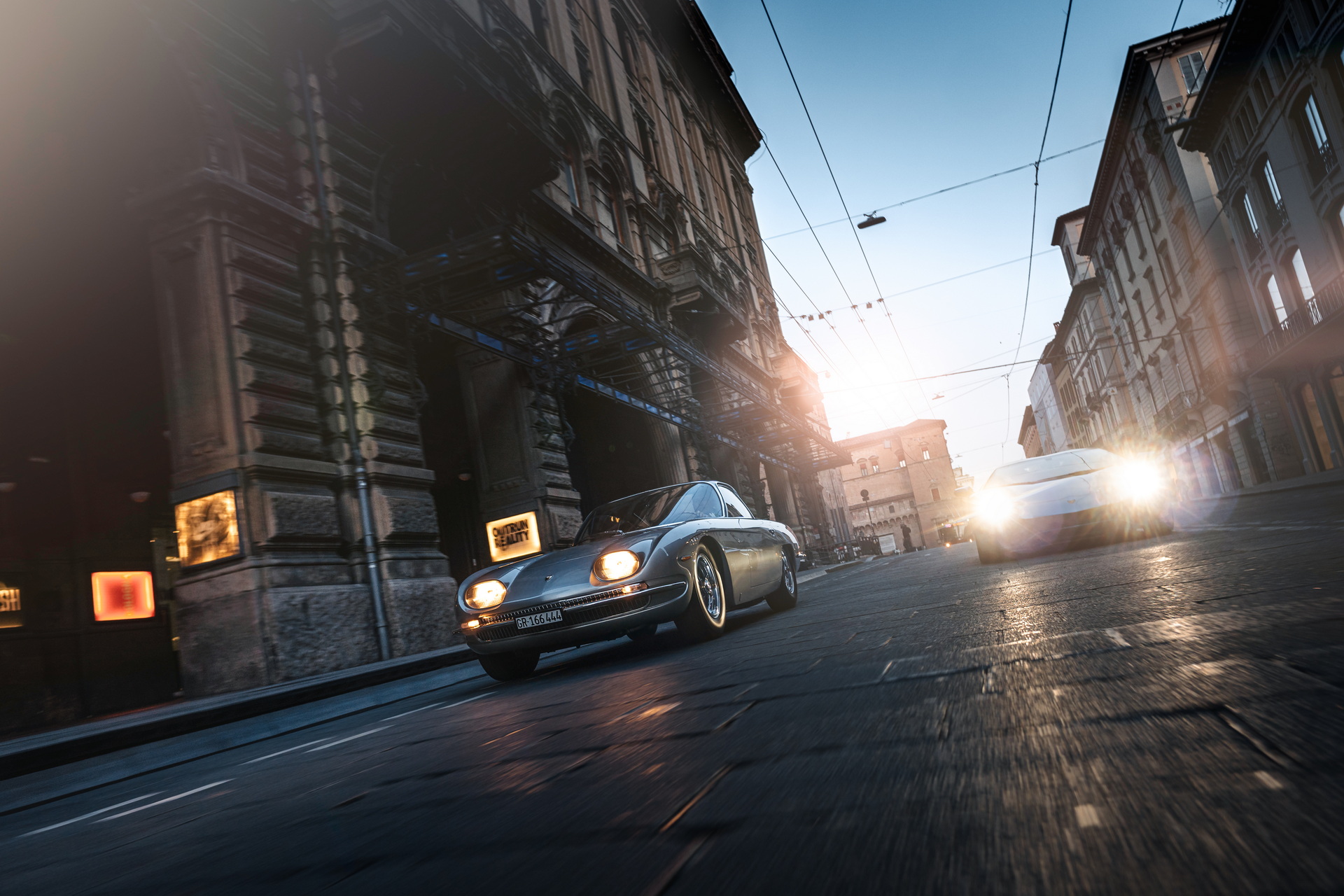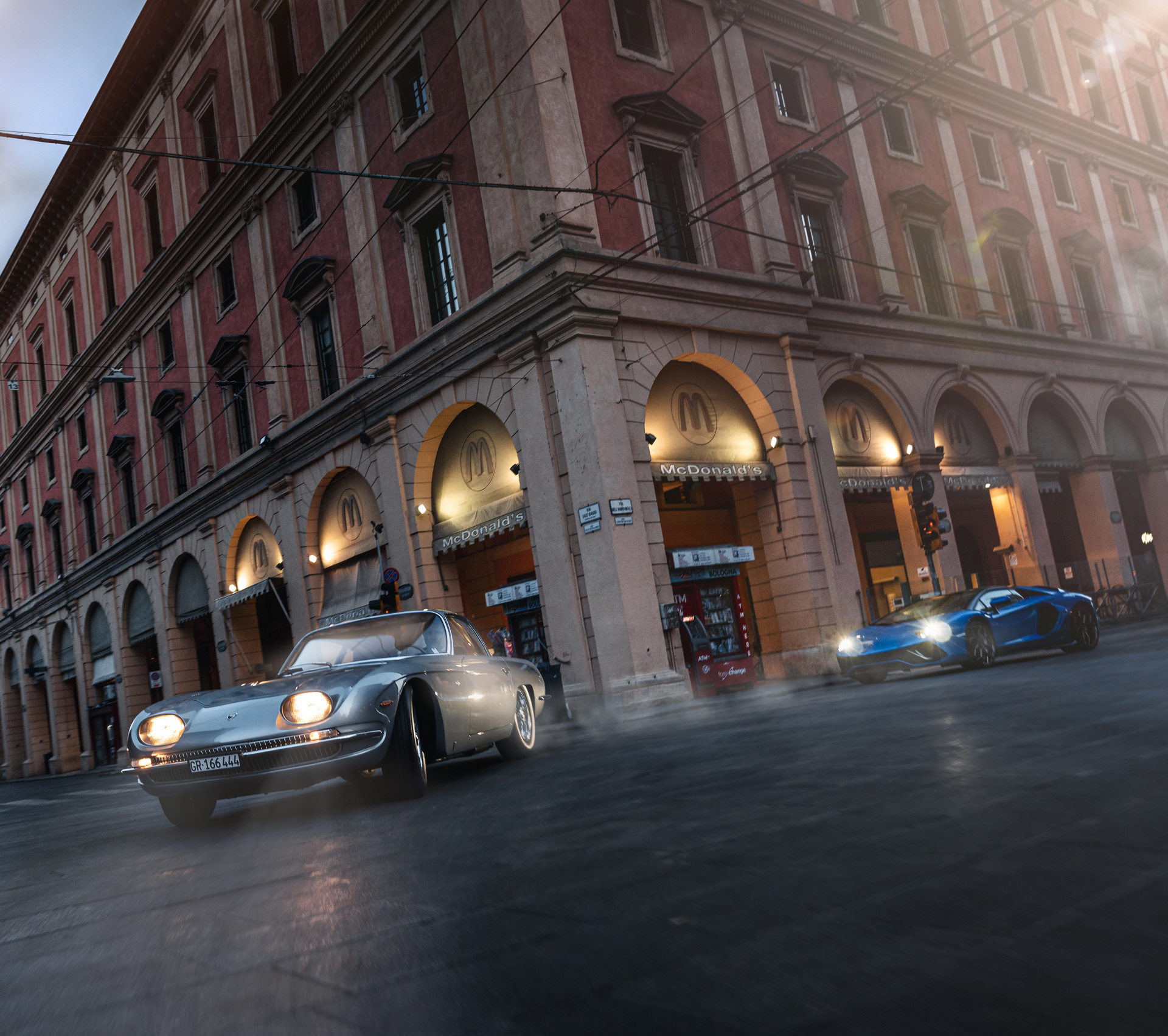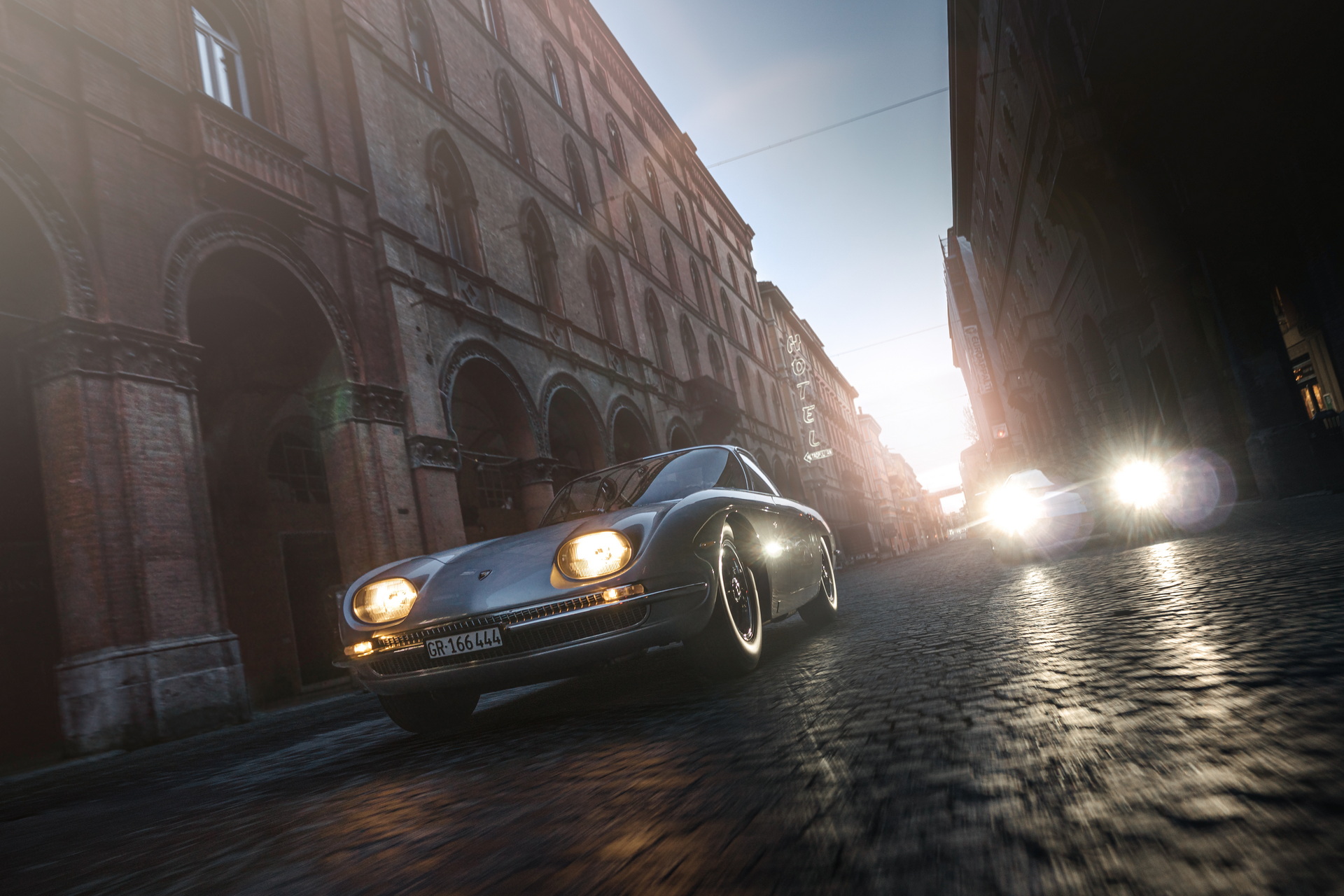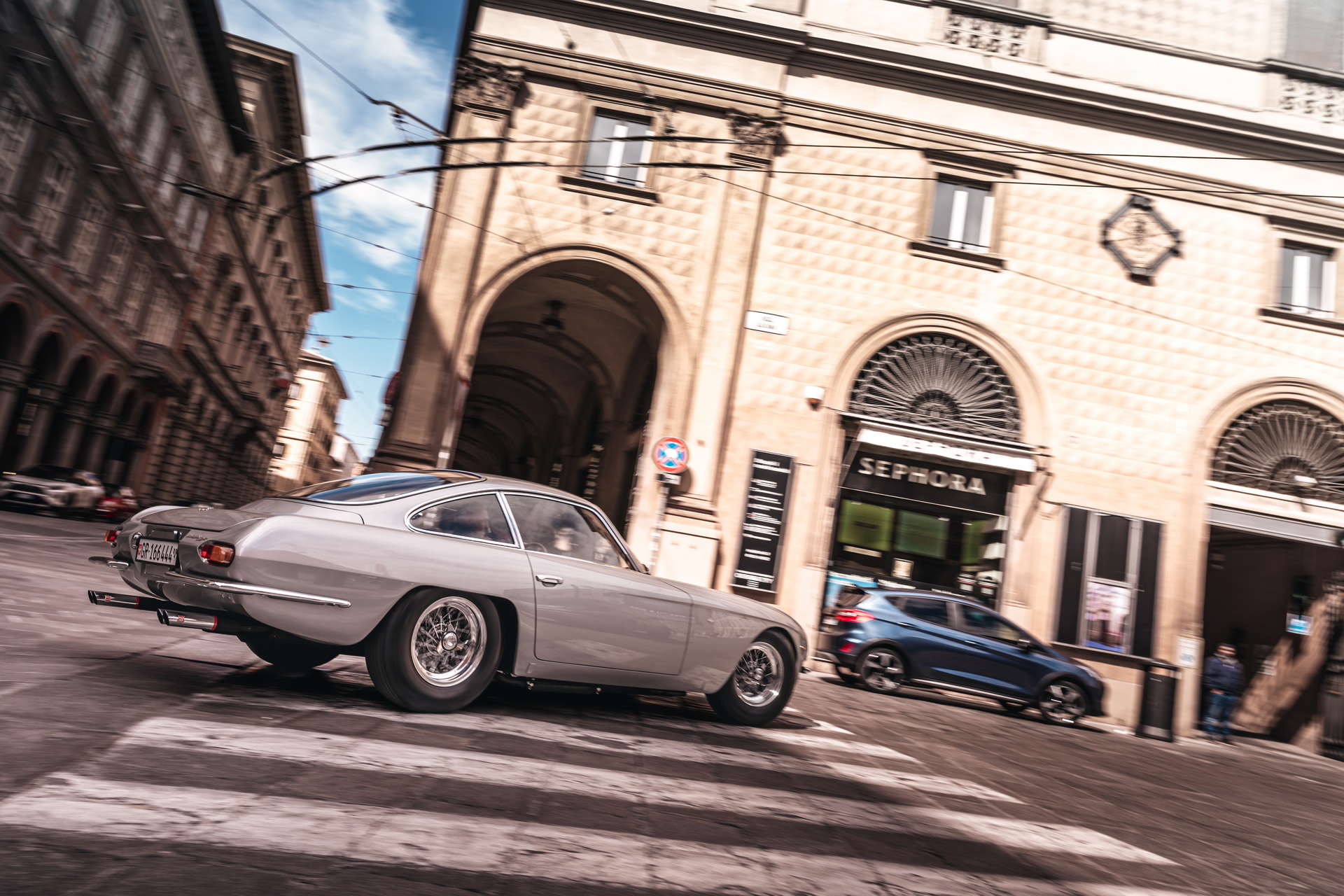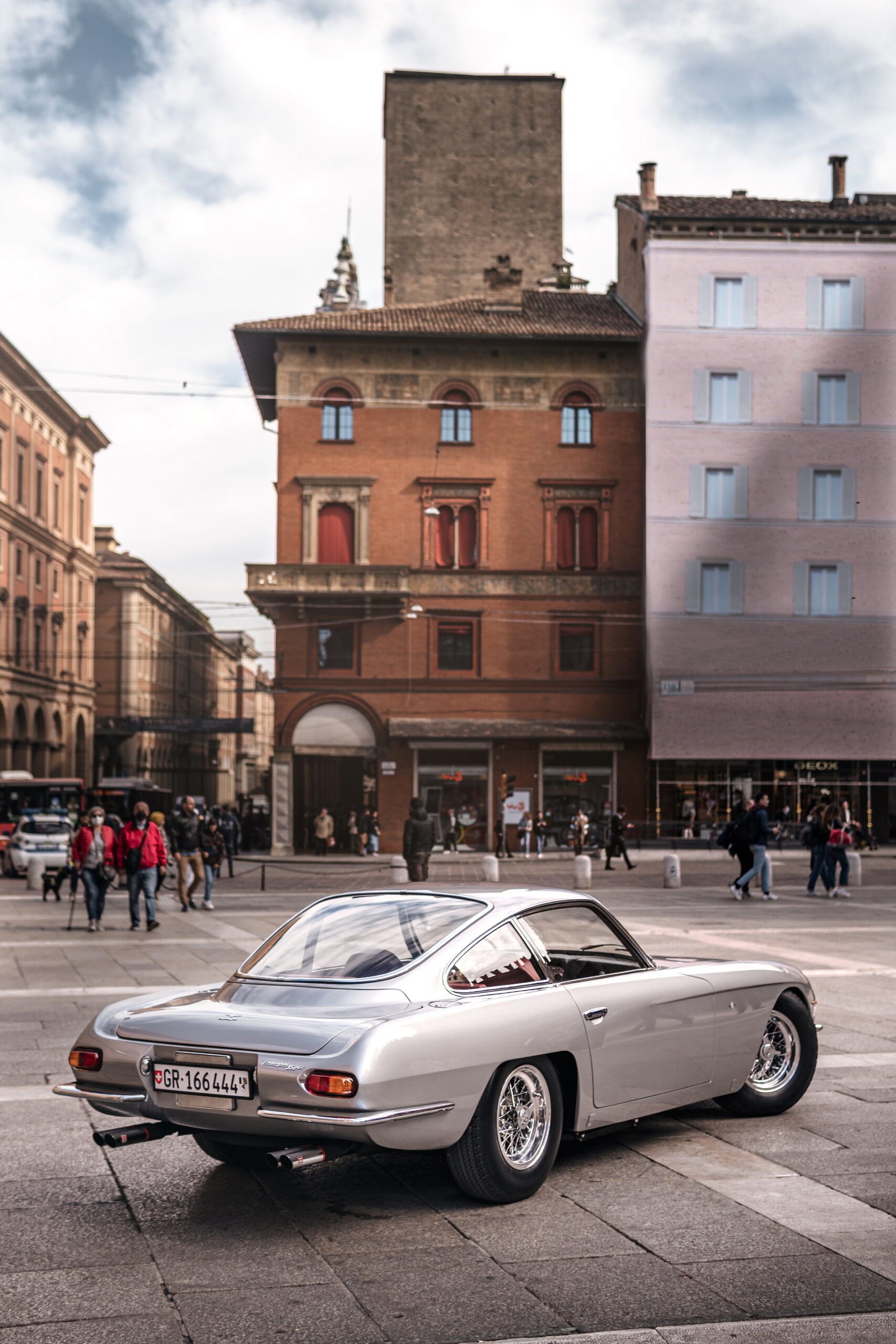Lamborghini’s next V12 engine will feature at least some degree of electric assistance. That marks the end of an era for the Italian marque, so it’s celebrating its history by looking back at its first engine, the 3.5-liter V12.
To design it, Ferruccio Lamborghini turned to Giotto Bizzarini, considered today one of the finest engine designers ever to have lived. Intended to go into the 350 GT, the engine formula was simple: Ferrucio wanted a 3500 cc V12 engine that made 350 horsepower (261 kW/355 PS).
Knowing what he knew about customers and their longing for power, though, Lamborghini decided to further incentivize Bizzarini and offered a bonus for every 10 hp (7.4 kW/10 PS) more than that he could find.
Read Also: Lamborghini Announces LMDh Entry For 2024, Teases Hybrid Racer
Indeed, when the engine found its way onto the test bench for the first time in July 1963, Bizzarini had done his job well and the engine made 360 hp (268 kW/365 PS) at 9,000 rpm. A racing fan all his life, Bizzarini had used all of the latest Formula 1 technology to make the engine. Unfortunately, Lamborghini realized that that would make it unsuitable for mass production or for use in a grand touring car.
The company, therefore, turned to Paolo Stanzani, one of the most highly regarded engineers in the company’s history, to make the engine a little more civilized for everyday use — which meant making it usable at low rpm.
The result of Stanzani’s work was remarkable. Although the engine lost a considerable amount of power, it still made a very healthy-for-its-day 280 hp (209 kW/284 PS) at 6,500 rpm. That was enough to carry it to a top speed of 155 mph (250 km/h). Combined with a svelte grand touring body, the car was an instant hit. Indeed, the very first 350 GT completed was delivered to Giampiero Giusti, the drummer for one of Italy’s most famous jazz bands at the time. The later 400 GT, meanwhile, would be owned by none other than Paul McCartney.
That V12 would also become the basis for much of the company’s future success. Over the years, the unit was modified in order to remain in production until the 1990s, growing from 3.5 liters all the way up to 7.0 liters, helping it to make more than 500 hp (373 kW/507 PS) before eventually receiving more substantial modifications and ending its life in the Murcielago.




